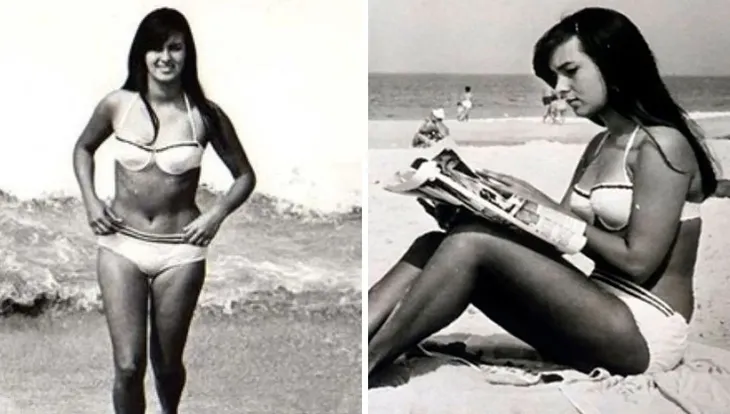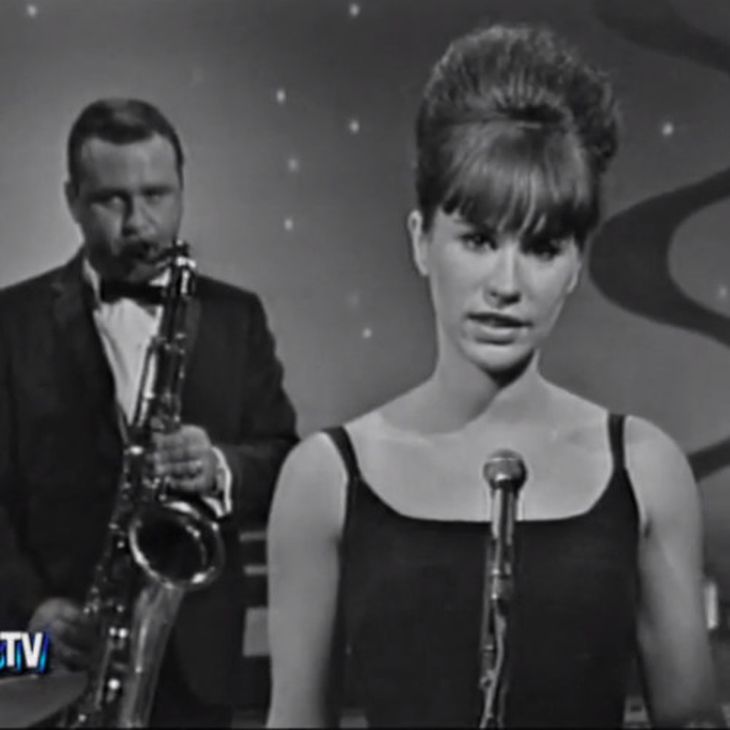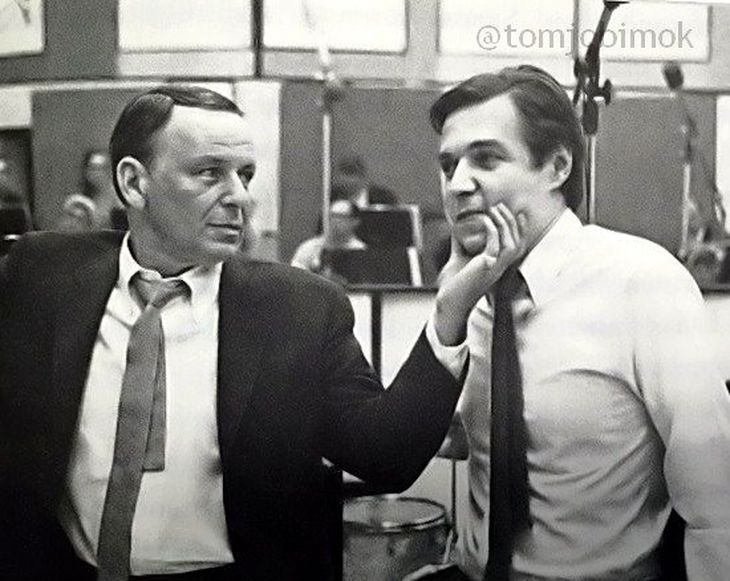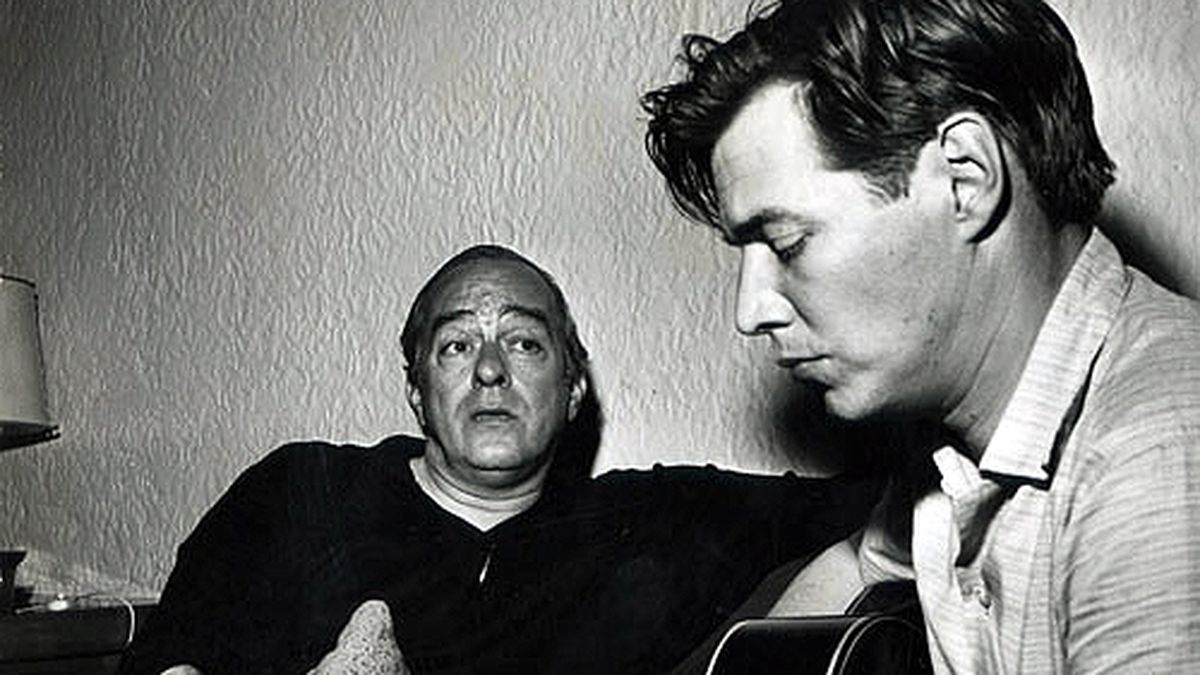In the mid-1950s, the bossa nova (or “new style”), a musical genre derived from the classical samba of the Latin American country and jazz. The latter, although it was the most popular at the time, was in a period of wear and tear, so bossa-nova arrived as a breath of fresh air for the music of that era.
The musical quality of the genre was condensed into three great exponents, all inventors of it: António Carlos Jobim, João Gilberto and Vinicius de Moraeswho would be 111 years old today. Regarding the anniversary, it is time to remember one of the most famous stories involved in the genre. It is about the creation of “Garota de Ipanema”, the second most recorded song in history.
How António Carlos Jobim and Vinicius de Moraes composed “Garota de Ipanema”
Jobim and Vinicius had already gained their fame for the composition of the first hits of the brand new genre, among which stood out “Chega de saudade”. Was summer in 1962and the two singer-songwriters were in the Veloso barfamous at that time and of which they were regulars.
jobim vinicius 2.jpeg
António Carlos Jobim and Vinicius de Moraes, the authors of “Garota de Ipanema”.
Now that bar is called Garota of Ipanema and is frequented by tourists who travel to Rio de Janeiro. And this is because The iconic song was composed on one of the tables in the establishment.. Ipanema had around 40,000 inhabitants, and was a modest town, although with a lot of nightlife and bars.
However, Jobim and Vinicius had all their attention on Montenegro Street -now it is called Rua Vinicius de Moraes-, since there A 17-year-old girl, dark hair and green eyes, always walked by, heading towards the beach.. Every now and then he would go through those streets to buy his mother cigarettes.
garota ipanema.webp

Helô Pinheiro, the true “Garota de Ipanema”.
It was about Helô Pinheirowho can be considered one of the most famous inspirational muses in history. And both musicians They noticed the beauty and attractive figure of the young womanhence They decided to write a song for him. In it you can hear how Jobim and Vinicius described Helô, his body and his way of walking. The sweetness and subtlety of the work synthesize the spirit of bossa-nova, a genre that had arrived as a disruption of classic jazz, with a share of romanticism and sensuality..
The great Brazilian anthem was going to be called “Girl what’s happening”and had originally been intended for a musical comedy that Vinicius was working on at that time, titled Dirigível (Dirigible). Even the originally written verses were discarded, although in many interpretations they served as an introduction: Vinha tired of everything, of so many paths / Tão without poetry, tão without passarinhos / om medo da vida, com medo de amar / When the afternoon is empty, tão linda no espaço /Eu vi a menina que vinha num passo /Cheio de balanço caminho do sea.
The first recorded recording of “Garota de Ipanema” is from August 1, 1962. It came from a session at a Copacabana nightclub called Au Bon Gourmetand featured the participation of Tom Jobim, Vinicius de Moraes, João Gilberto, Os Cariocas, Otávio Bailly on bass and Milton Banana on percussion.
Producer Creed Taylor was looking for new songs for the next repertoire of one of his biggest stars, the saxophonist Stan Getzso he contacted the Cariocas to finally record a new version of the song in March 1963. In this, in addition to the participation of Getz and Gilberto, the warm voice of Astrud Gilberto joinedJoão’s wife.
astrud gilberto and stan getz.jpg

Stan Getz and Astrud Gilberto.
This last interpretation earned the song immeasurable popularity. In 1965, under pressure to meet the mysterious muse, Vinicius revealed that the song was inspired by Helô, to whom he dedicated these words: “She is a golden girl, a mix of flowers and mermaids, full of light and full of grace, but whose personality is also full of sadness because she feels that youth is passing away and that we cannot retain beauty. “She is the gift of life with her beautiful and constant flow.”. The Ipanema girl’s career took off immediately, who She developed as a model and actressand even appeared twice in Playboy magazine. He even had to face a legal suit for the rights to the title of the song brought by Tom Jobim’s relatives, which he finally won.
A year later, Jobim was at the Veloso bar when he received a call from New York. He was no one more or less than Frank Sinatrawho asked the Brazilian composer if he wanted to record his famous song with him. That’s how the album came out in 1967. “Sinatra/Jobim: The Complete Reprise Recordings”.
sinatra jobim.jpg

Frank Sinatra and António Carlos Jobim, during the recordings of “Sinatra/Jobim: The Complete Reprise Recordings”.
Curiously, despite the loving story of Jobim and Vinicius in the work, neither of them went out with Helô. The song was finally an ode to platonic love, to that which never was, like a breeze of nostalgia and melancholy.
Source: Ambito




